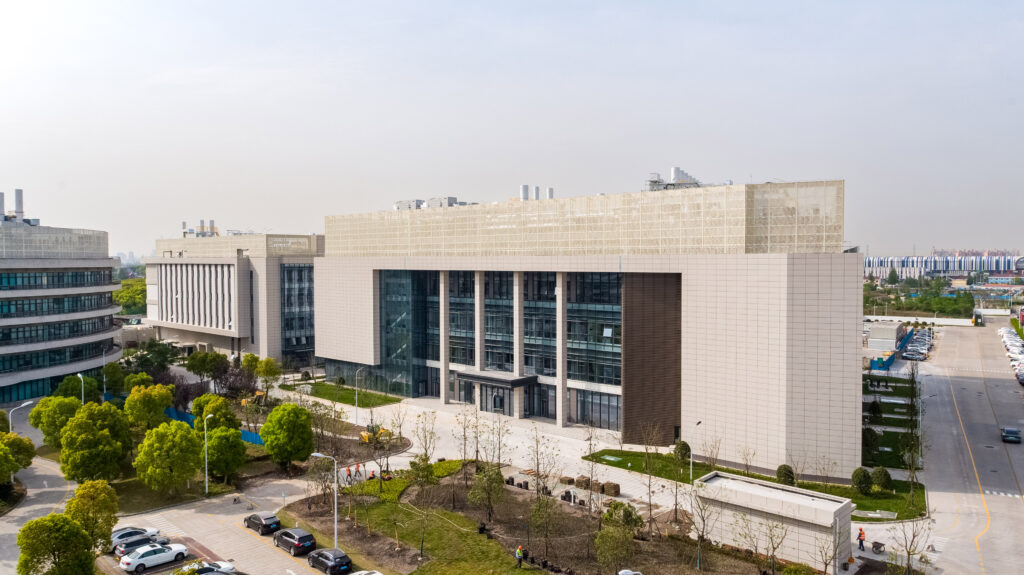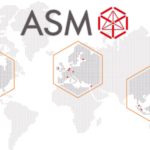ASIA ELECTRONICS INDUSTRYYOUR WINDOW TO SMART MANUFACTURING
BASF Inaugurates Bigger Innovation Campus Shanghai
BASF has inaugurated the expanded Innovation Campus Shanghai in China, consisting of two new research and development (R&D) buildings. Since 2012, the company has invested a total of €280 million in its Innovation Campus Shanghai, thus enhancing its innovation capabilities and support to its customers in China and across Asia.

“Today, more than ever, our customers are looking for innovative solutions for a sustainable future. With the expansion of BASF’s Innovation Campus Shanghai, we can respond even faster to the growing needs and requirements of the markets in China and across Asia in particular. Innovation is a key driver for greater sustainability, and growth – key to our success,” said Dr. Melanie Maas-Brunner, member of the Board of Executive Directors of BASF SE and Chief Technology Officer.
The Innovation Campus Shanghai is BASF’s largest R&D site in Asia and opened in 2012. It completed two expansions in 2015 and 2019. Accordingly, it enhanced its role as an innovation powerhouse for BASF and its partners in the region. Currently, around 10,000 BASF employees work in R&D worldwide. About 10 percent of them work in Greater China, including the Innovation Campus Shanghai.
“The expansion of BASF’s Innovation Campus Shanghai marks another milestone for our presence in Greater China, the world’s largest chemical market. With the continuous investments in research and development, we are committed to strengthening our local capabilities and co-creating with our customers in China, especially in fast-growing sectors, such as e-mobility, advanced manufacturing, and renewable energy,” said Dr. Jeffrey Lou, President and Chairman of BASF Greater China.
“We are continuously enhancing and further developing our R&D competencies in Asia to meet the evolving needs of our customers both in Asia and beyond. With our further investment in the Innovation Campus in Shanghai, we will drive the transformation of the chemical industry towards more sustainability and create innovative and sustainable solutions that benefit both industry and society,” said Dr. Detlef Kratz, President, Group Research, BASF.
To Advance Chemical Research
The expansion includes two R&D buildings. In these buildings, facilities and laboratories will advance chemical research projects and create new sustainable solutions.
In the process engineering laboratory, BASF focuses on the formation and handling of solids. Here, researchers can further optimize processes of existing production plants. In addition, polymer recycling technologies will be developed in this lab to advance the circular economy.
The new digital lab for dispersions and resins is equipped with robotic automation that BASF uses to automatically test scrub resistance, tensile strength, and characterize coating film appearance. These modularized lab automations enable the company to offer highly efficient and customized solutions, thus accelerating the product development process.
Meanwhile, in the new labs for metal surface cleaning and industrial cleaning processes, BASF mainly researches and develops sustainable solutions that help reduce energy consumption, use less chemicals and to increase recycling in industrial processes. For this purpose, teams from application technology, technical service, and from development and research with a focus on synthesis work closely together.
In the new lab for performance materials, BASF develops innovative material solutions. These include advanced and high-performance material solutions possessing superior flame retardancy, electrical insulation, and durability, as well as excellent processibility and aesthetic versatility. These advanced material solutions will support the rapid growth of applications in the e-mobility, renewable energy, power tools, consumer electronics, and automotive sectors.
The Creation Center China, one of BASF’s dedicated touch points for inspiring creative solutions, will now include a new facility – the “Creator’s Lab.” In this model-making workshop, researchers can drive innovation in performance materials by working on proof-of-concept models, mock-ups, and rapid prototypes.




